
With the recent thawing of relations between Cuba and the US the Cuban tourism sector has been pushed to the limit over the last two years. There have been record numbers of visitors yet the increase in hotel rooms has been small. Having a command economy in place means that all traditional hotels are government-owned and the process of building more hotels is a slow one.
As this system has been relaxed somewhat and the economy opens up, homestays or ‘casas particulares’ are popping up across the island, filling the hole left by the lack of hotel rooms. I must admit that I went with the assumption that homestays would be similar in almost every town and city but it turns out I was very wrong: they vary dramatically depending on the town and its general architecture. The one thing you will find without fail is air-conditioning and en suite bathrooms – and the food is often some of the best you will have on your holiday.
Another assumption is that by staying in a homestay you will be living with a family – this is not really the case. Your food is served separately and, whilst you catch a glimpse of family life, you are not expected to interact anymore than you wish. They are happy to chat and tell you about their life and Cuba as a whole but there is no pressure or obligation at all.
Below is a general guide of what to expect and where:
Havana
Havana is the only city without a desperate shortage of hotels; that said, in high season they do still fill up. Of course, homestay owners want to compete all year round and not just when it’s a necessity – this means that they are, in general, very professional and have, by and large, undergone high-quality refurbishment varying from the ultra-modern to the traditional. Whilst some still fit the traditional idea of a homestay with a host living in the same building, many are like small hotels - receptionist and all! Others are an entire apartment with the host popping round to cook breakfast and clean but otherwise leaving you to your own devices.
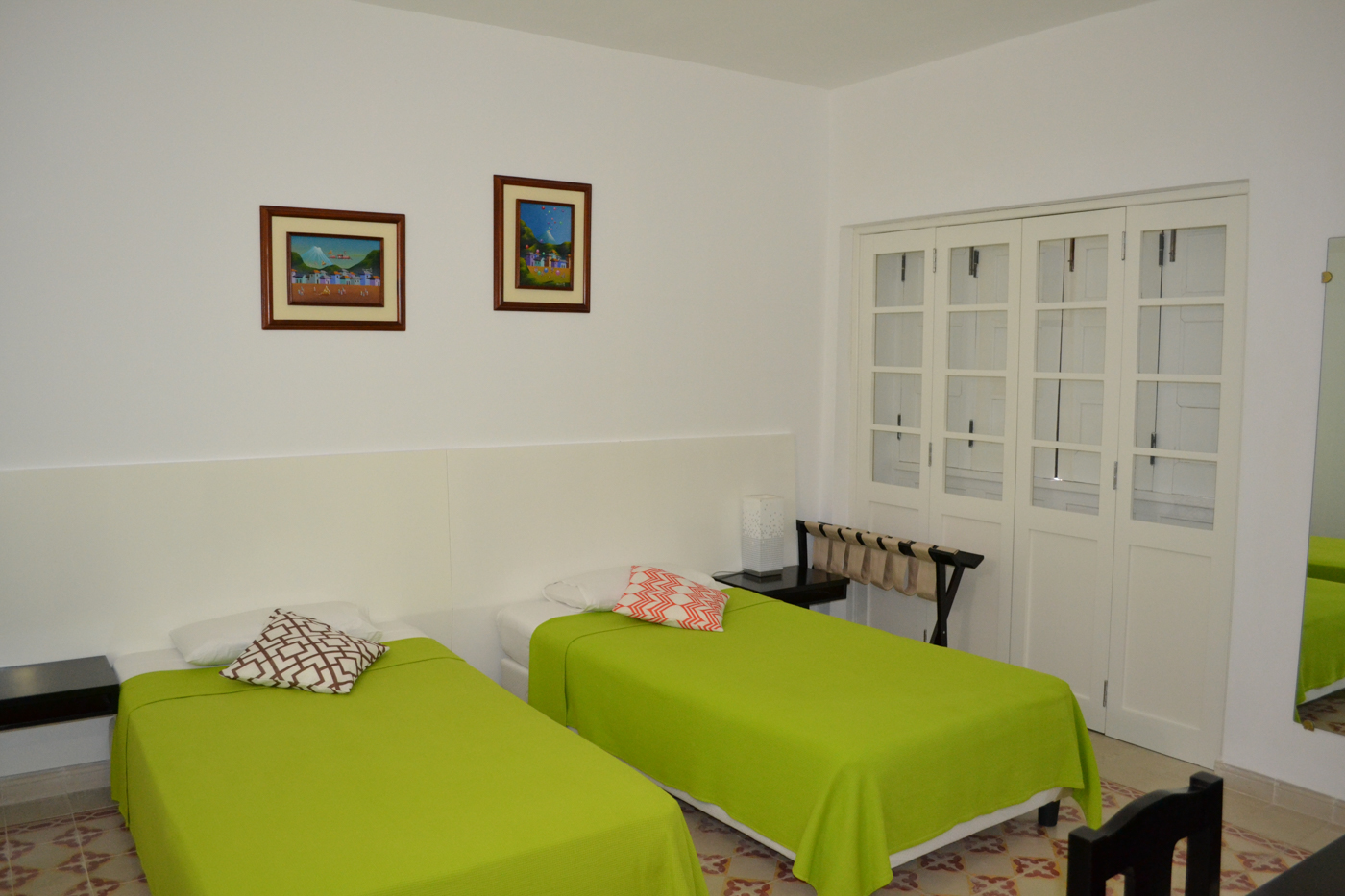
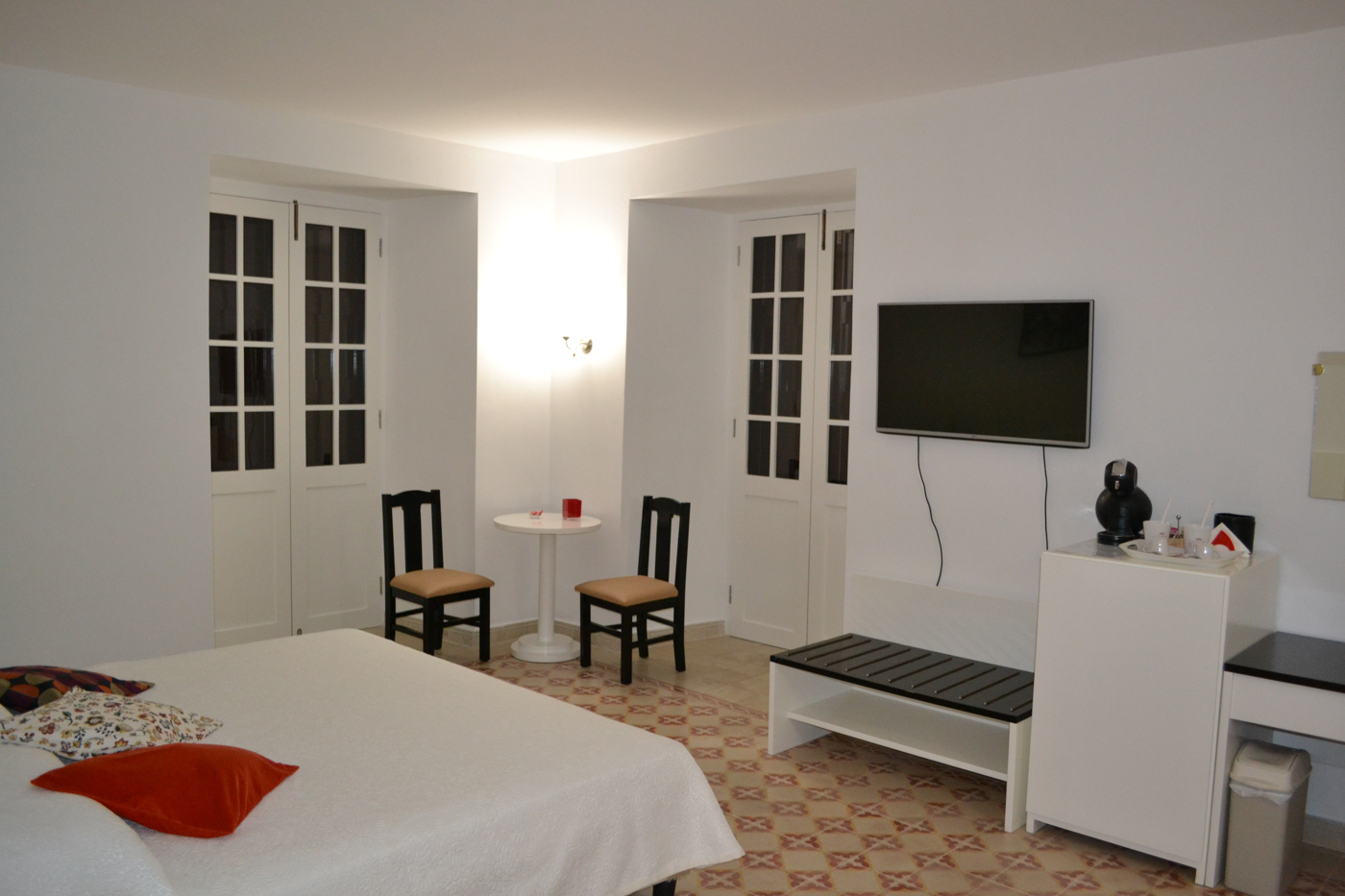
Viñales
Viñales is the base for exploring the countryside of Pinar del Rio in the west of the country; however, unlike most other places tourists visit in Cuba, it is not a historic town, which means the vast majority of the buildings are simple, concrete constructions built by the government to house the workers when this was still a farming community. They are normally brightly painted which gives a charming feel to the town and, inside, rooms are simply furnished yet comfortable. There is, however, a penchant for colourful, mismatched and, to be very honest, rather dated, bed throws which I personally hope will go out of fashion soon! Soroa, close to the Sierra del Rosario biosphere, and only an hour from Havana is similar to Viñales with simple, modern constructions.
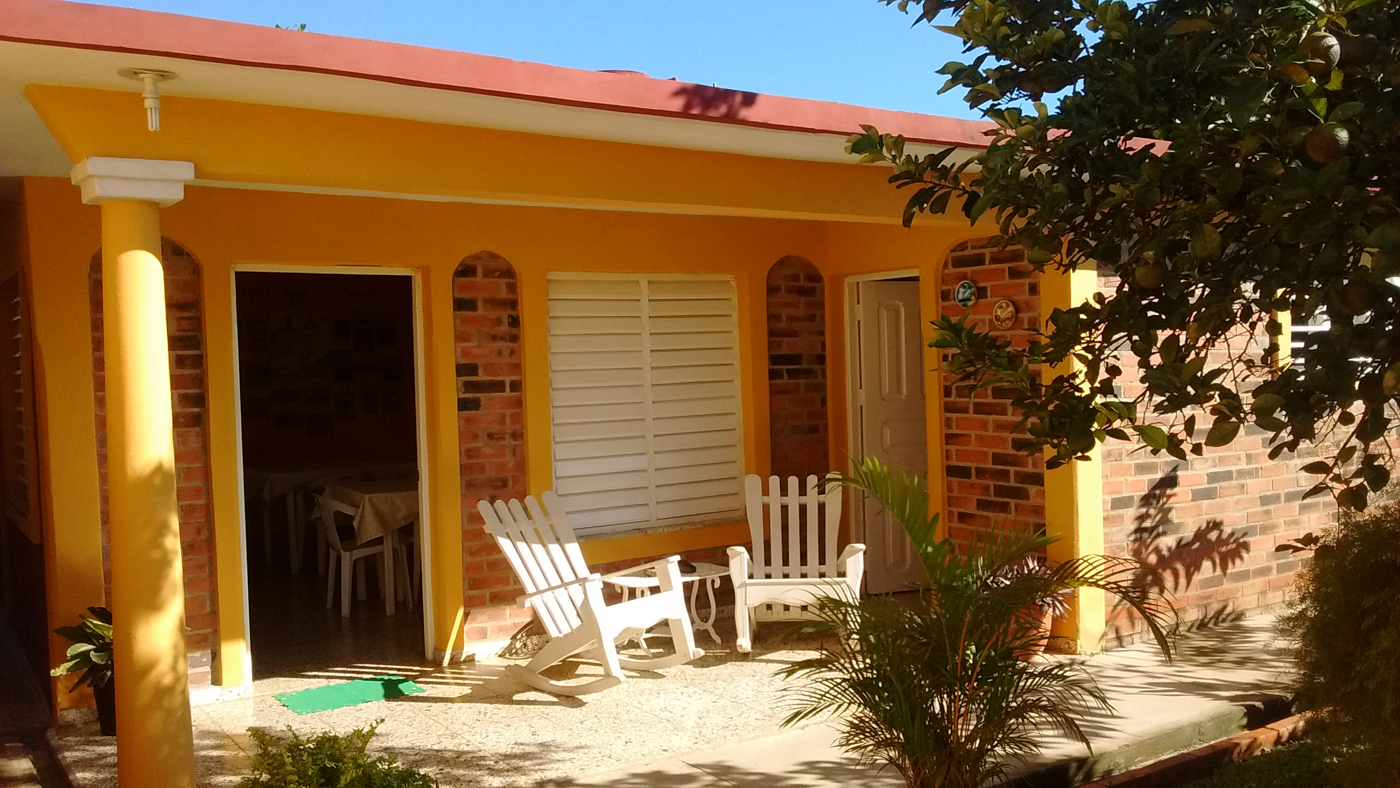
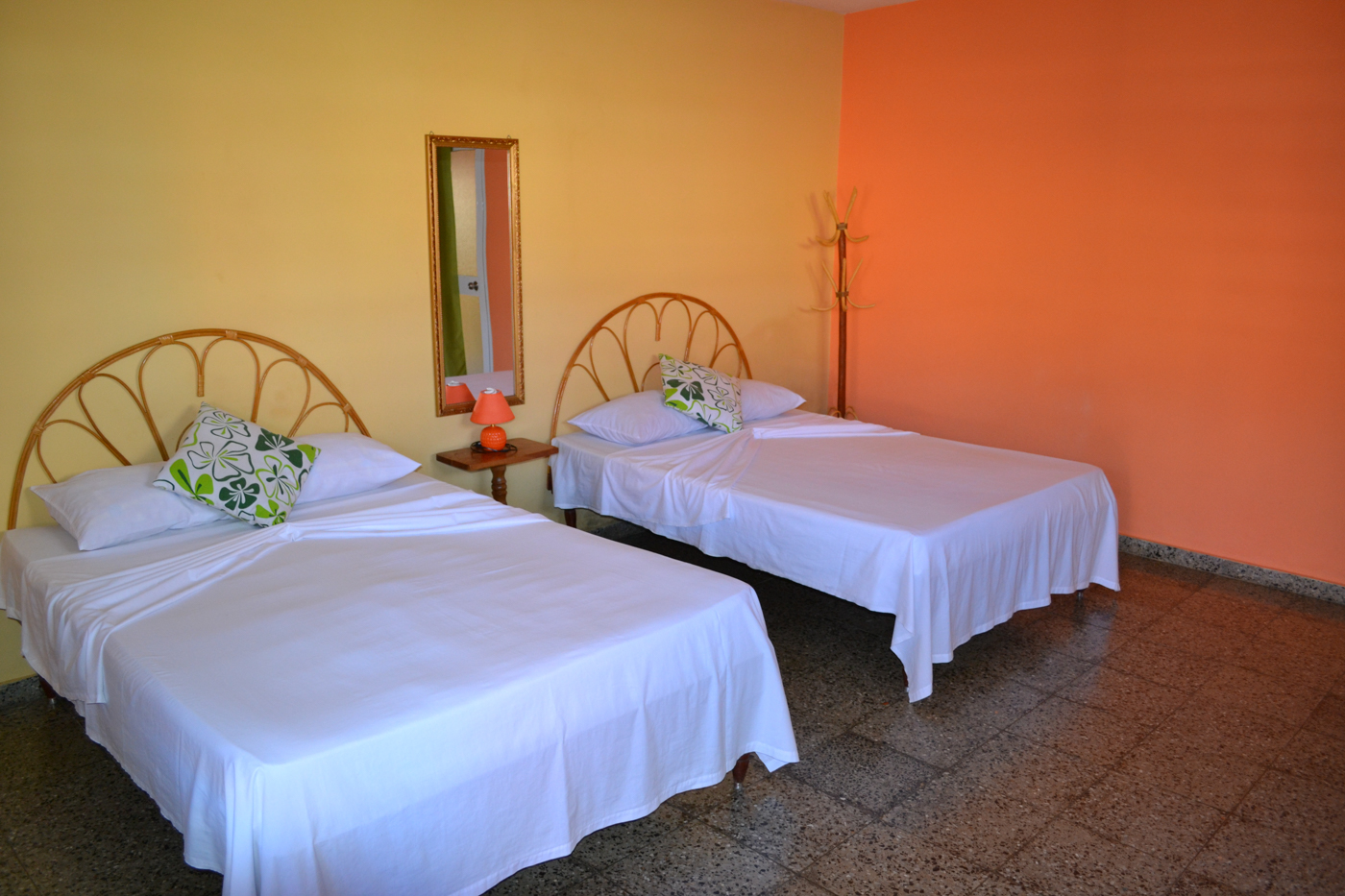
Trinidad
Trinidad, unlike most other Cuban towns and cities, has managed to escape the Soviet-era trend of building utilitarian structures for practical reasons in spite of the sometimes negative impact they have on the surrounding historic buildings. Because of this, the houses are generally a few hundred years old and whilst they might look unremarkable from the outside, they open up into a wonderful living room area or courtyard, often filled with the family’s antiques and photos of their ancestors – some even have the original tiled flooring. With that said, most have built additional rooms so guests’ rooms are not filled with these types of artefacts. There is a more modern side to Trinidad but the houses here have still got character and rooms are very similar to those in the old town.
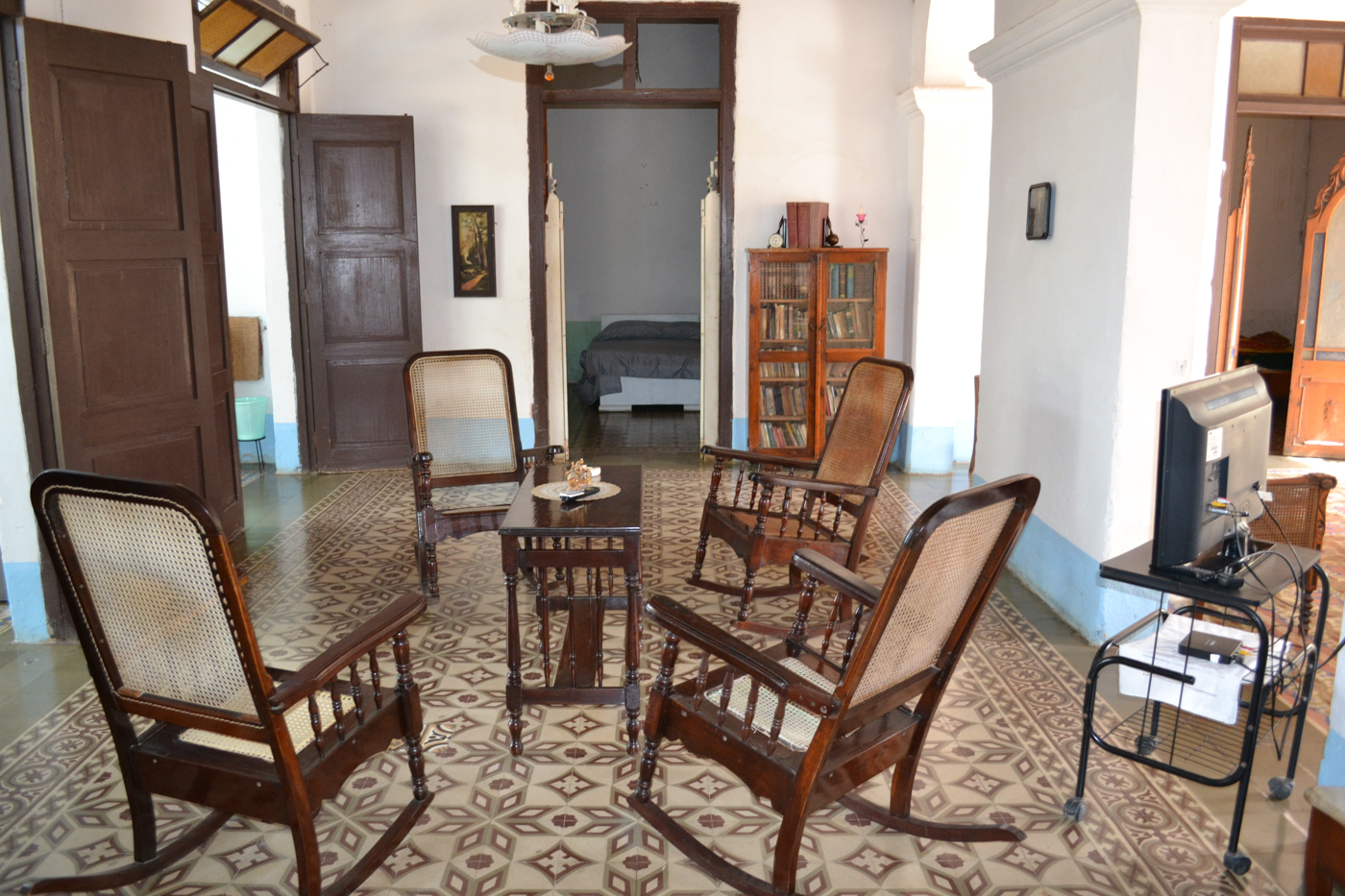

Cienfuegos, Santa Clara, Camagüey and other cities
The larger and less-visited cities in Cuba don’t have the sheer number of homestays as Viñales and Trinidad, for example, but that doesn’t mean they aren’t of a high standard. Cienfuegos has a mixture of colonial houses and more modern, suburban homes, depending on where they are in town. They are generally of a good standard and professionally run. Santa Clara has some wonderful homestays, nearly all of which are set within colonial buildings with beautiful courtyards and history is something you’ll notice immediately with the vast number of antiques on display. Homestays here also have some great restaurants; unlike other towns where homestays generally serve just guests, in Santa Clara you’ll find some of the best and most popular restaurants in town at homestays. Camagüey is like Santa Clara with homestays set in lovely colonial houses filled with antiques.
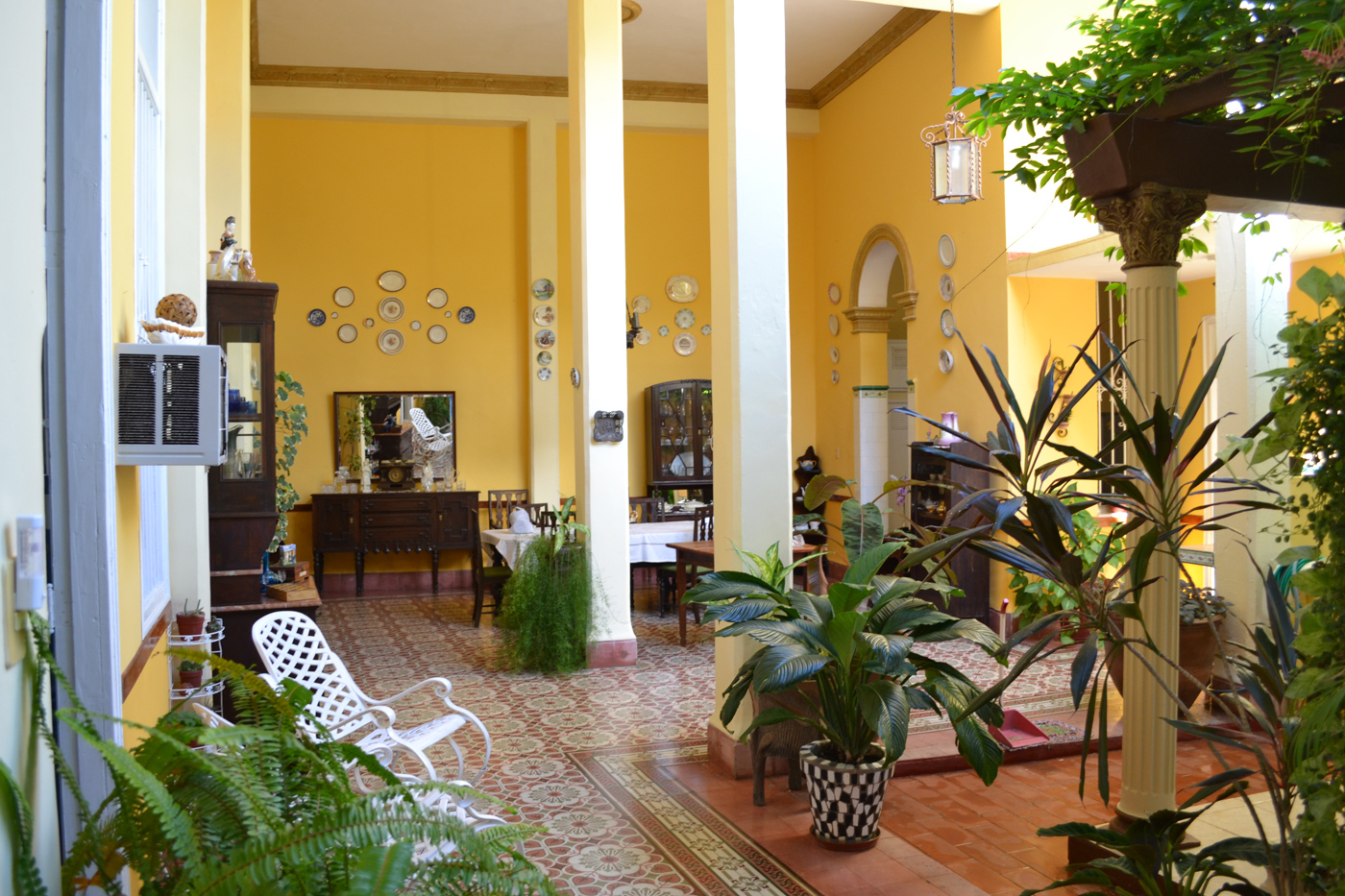
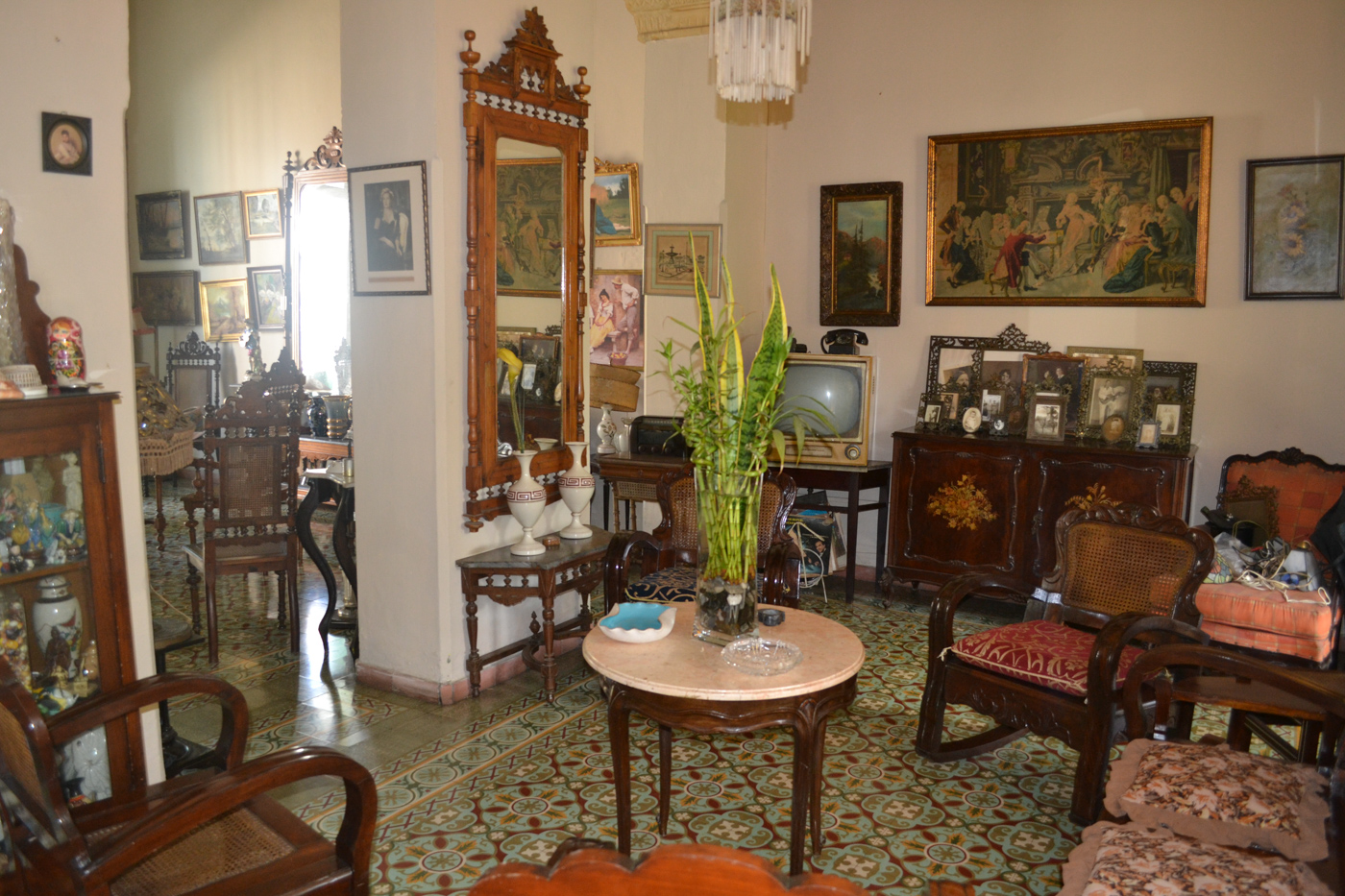
The one thing to remember about homestays throughout Cuba is that they are family homes and as such do differ depending on the investment the family has been able to put into it – as well as their own personal taste! They are a great way to experience Cuba and get to know its people – something that is harder to do when staying in a hotel – but this does come at the expense of the services you might expect in a hotel such as cable TV, branded shower gels and room service.
Inspired to see some of Cuba’s homestays for yourself? Take a look at our Cuba holidays.
Tailor-made holidays
Flexible, custom-made holidays to Latin America created to match your exact requirements: our tailor-made itineraries are as unique as the clients for whom they are designed.
Design my tripPapagaio
Your edit for Latin American inspiration
Our exciting range of articles on Latin America explore everything from iconic destinations and lesser-known cultural gems to delicious traditional recipes. You’ll also find exclusive travel tips, first-hand client reviews and the chance to get your personal questions answered by our travel experts.
View Extraordinary Inspiration






































